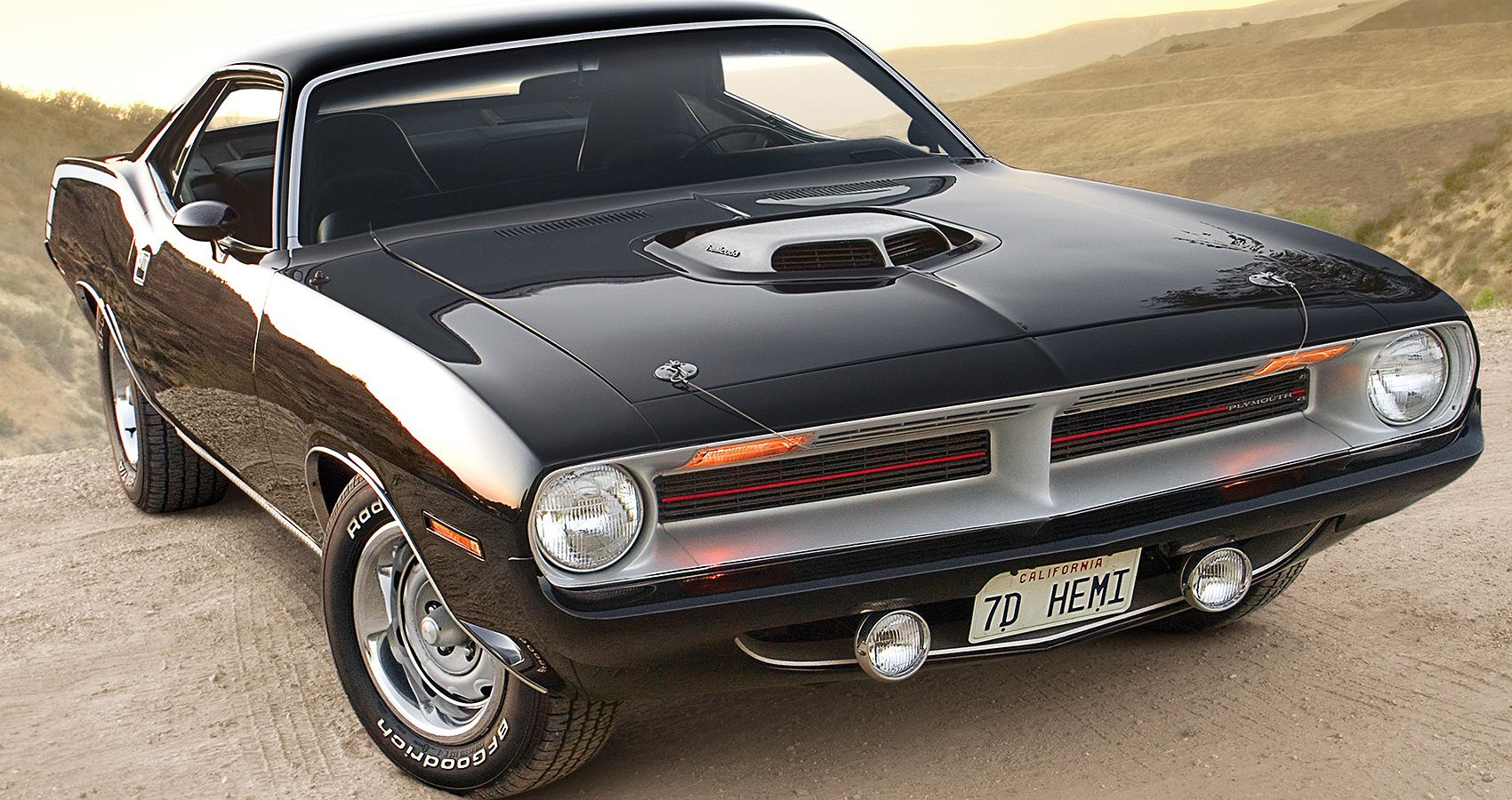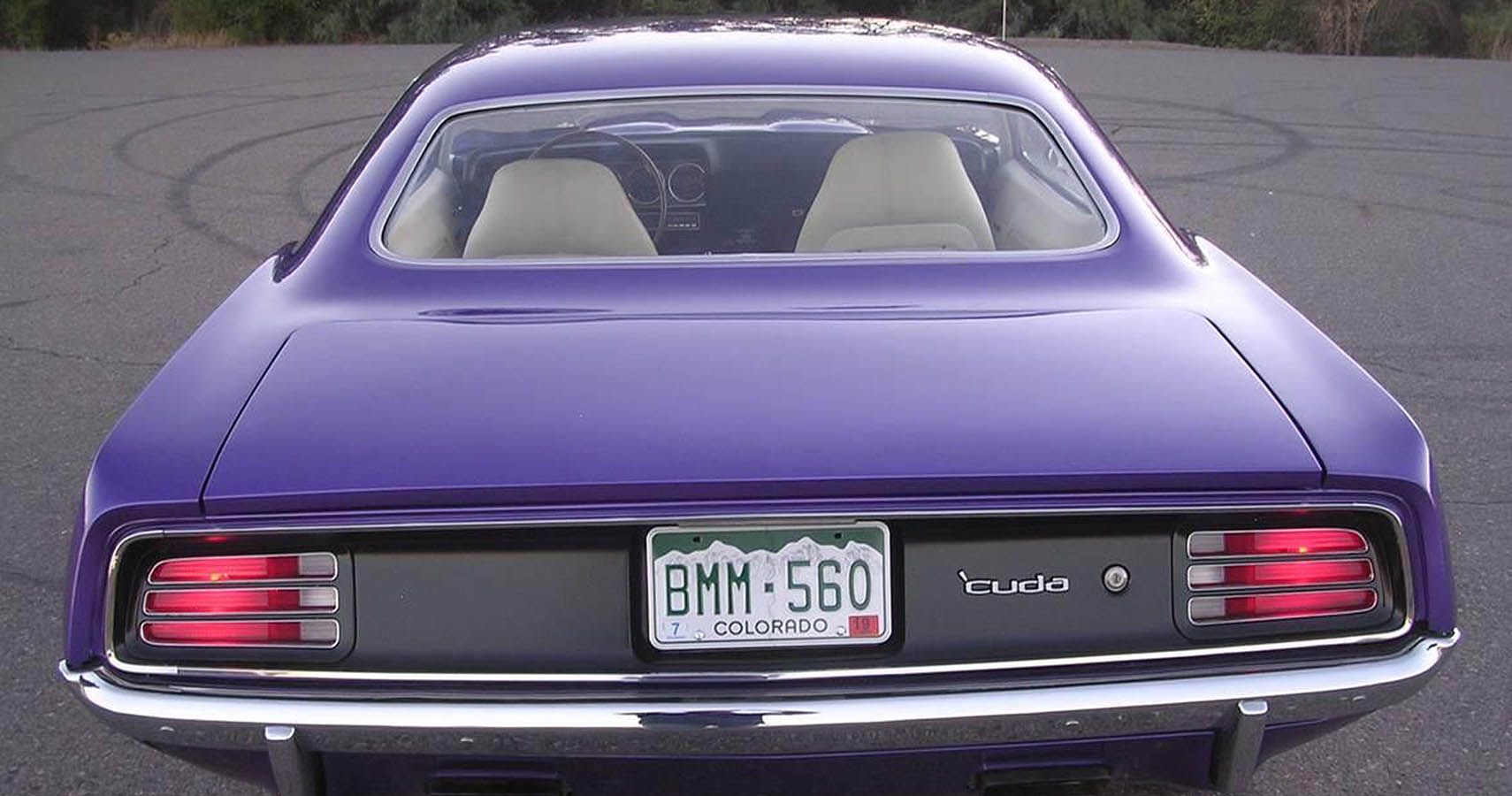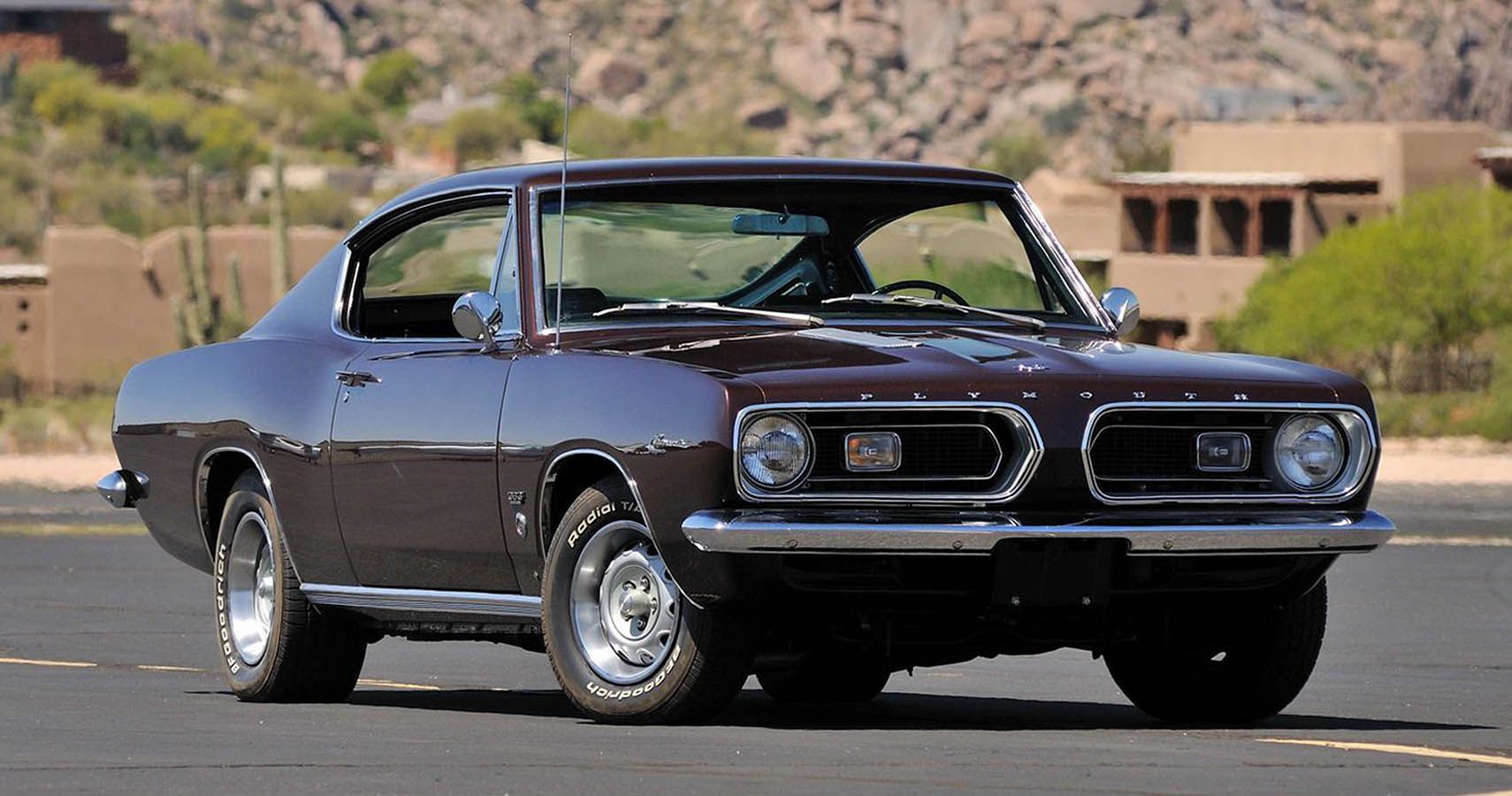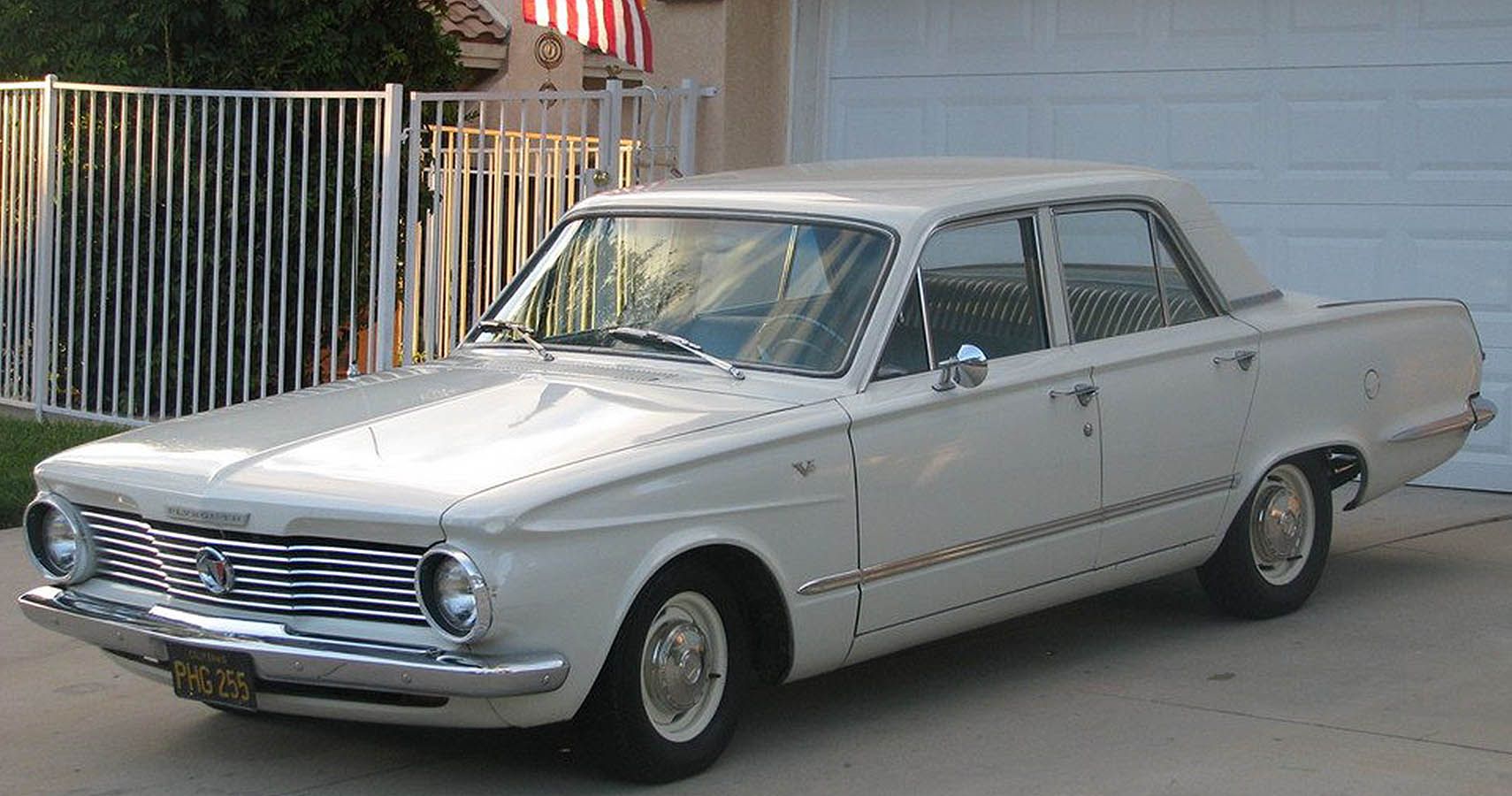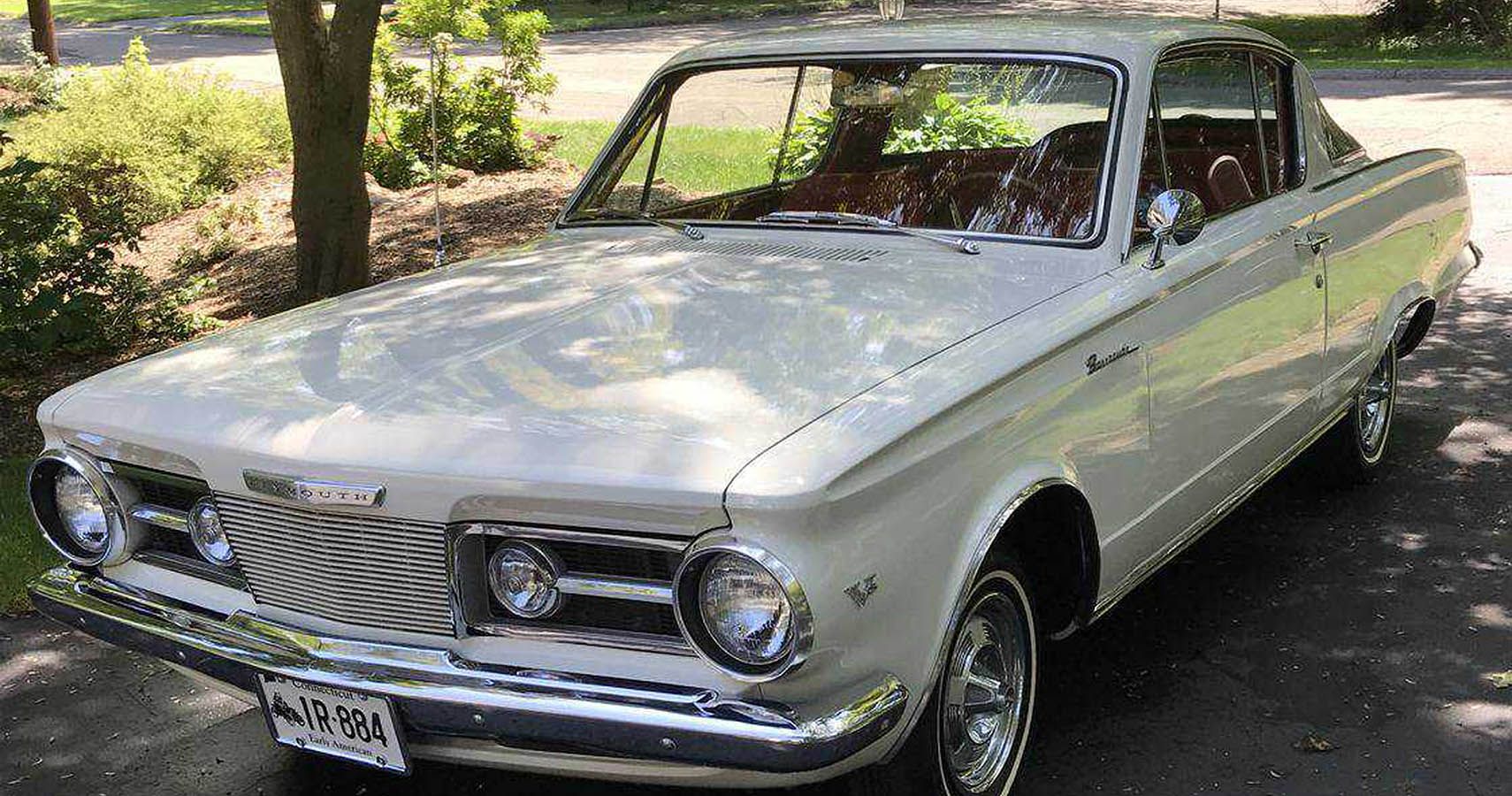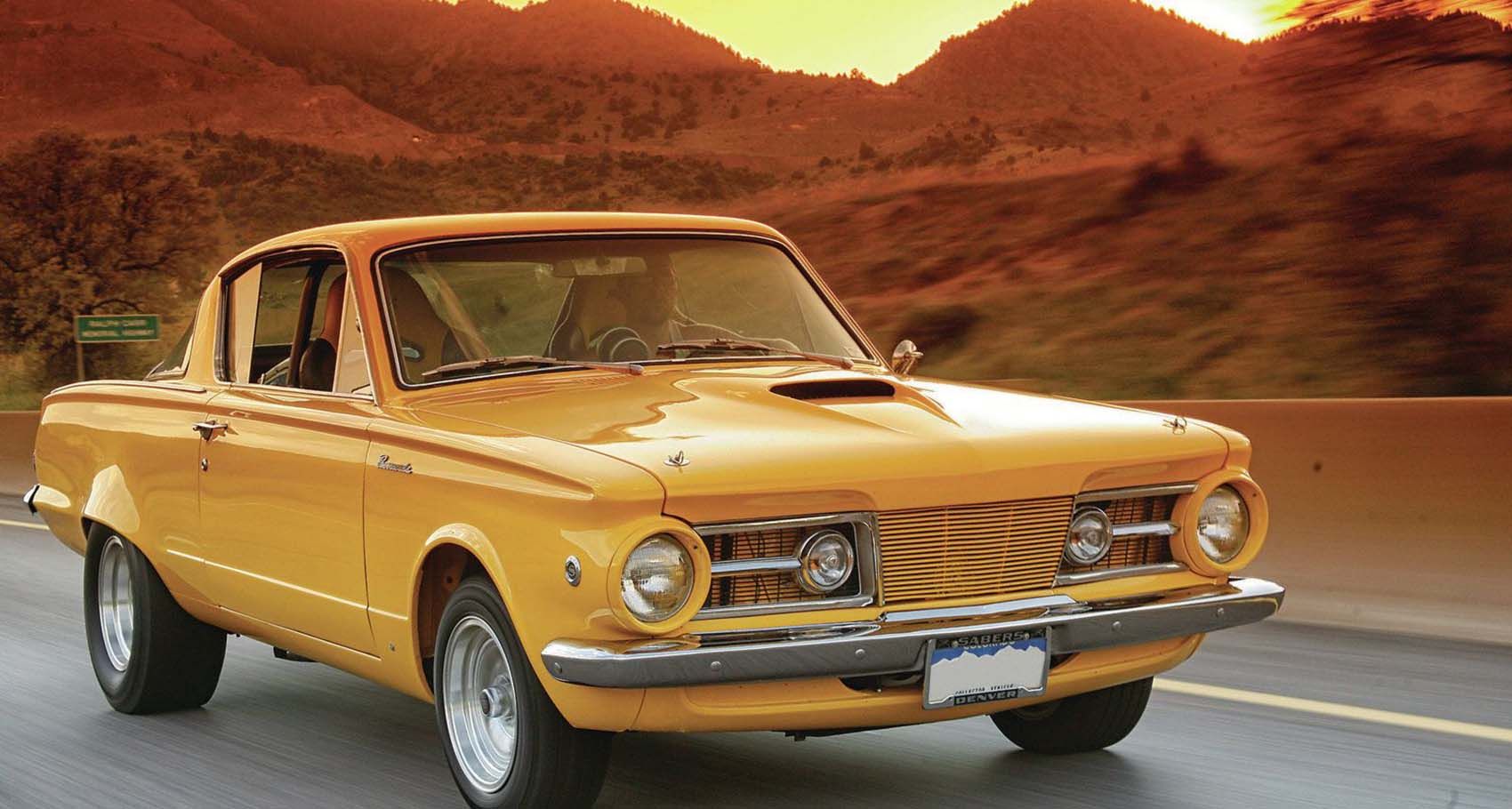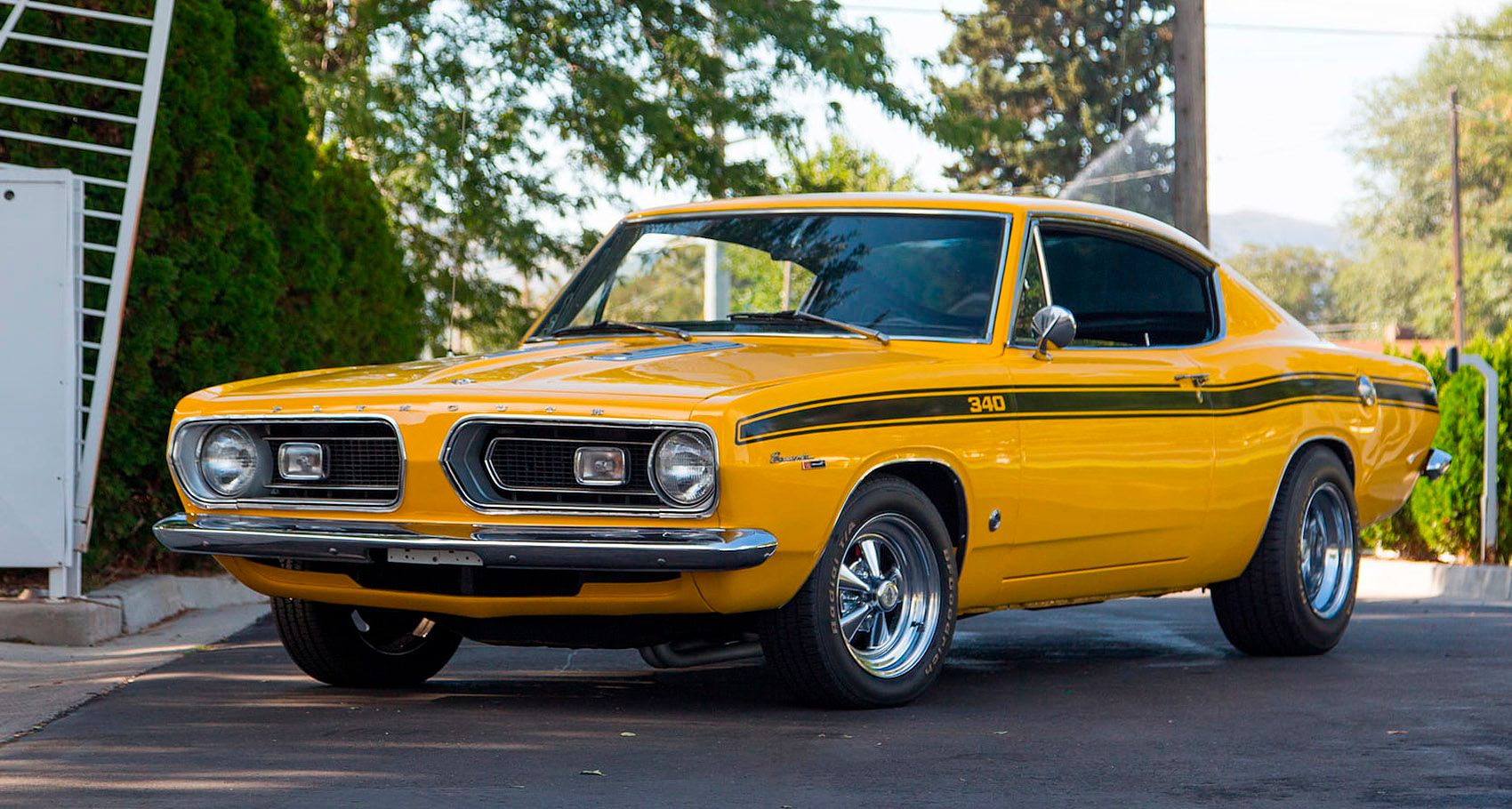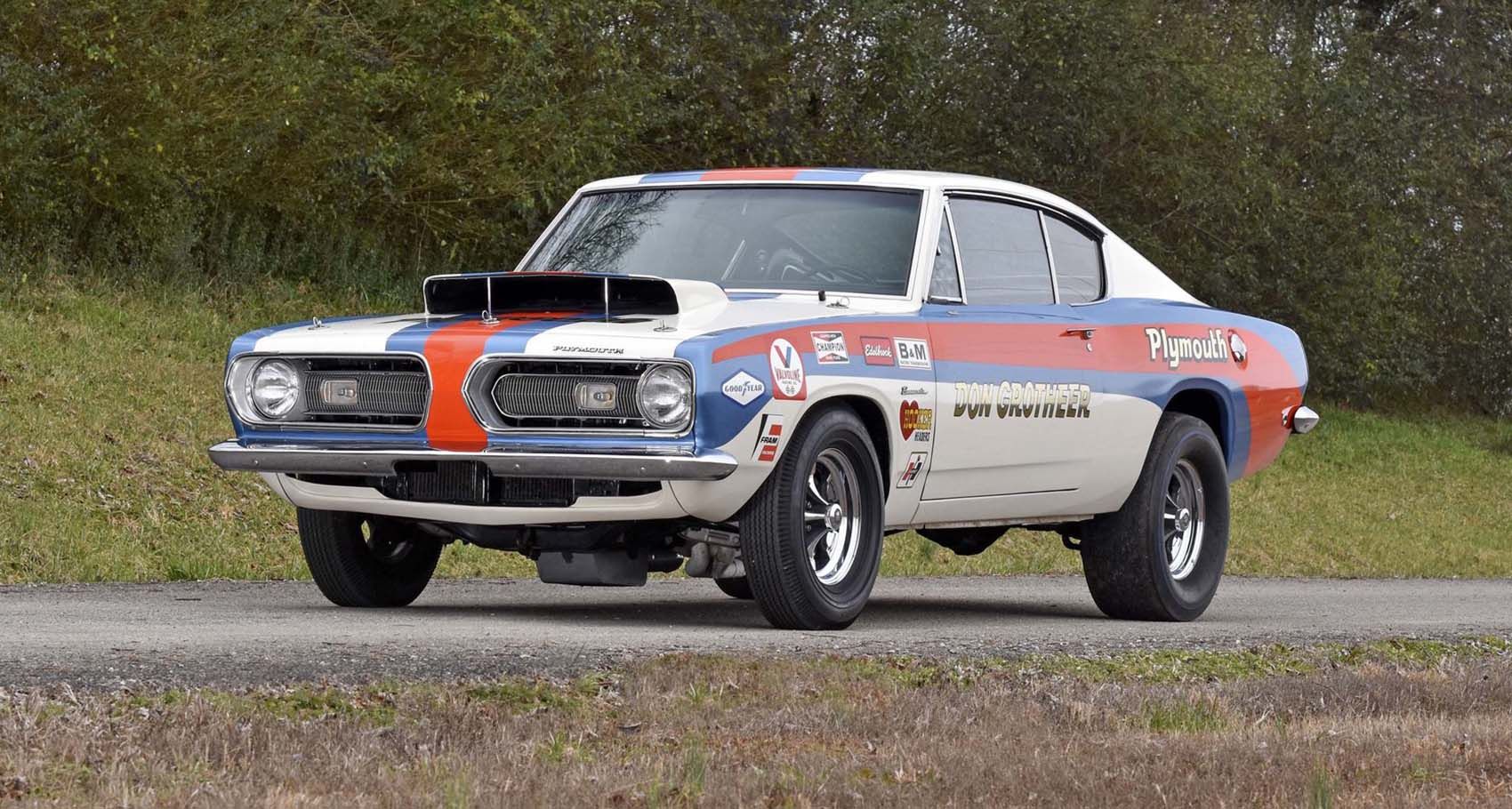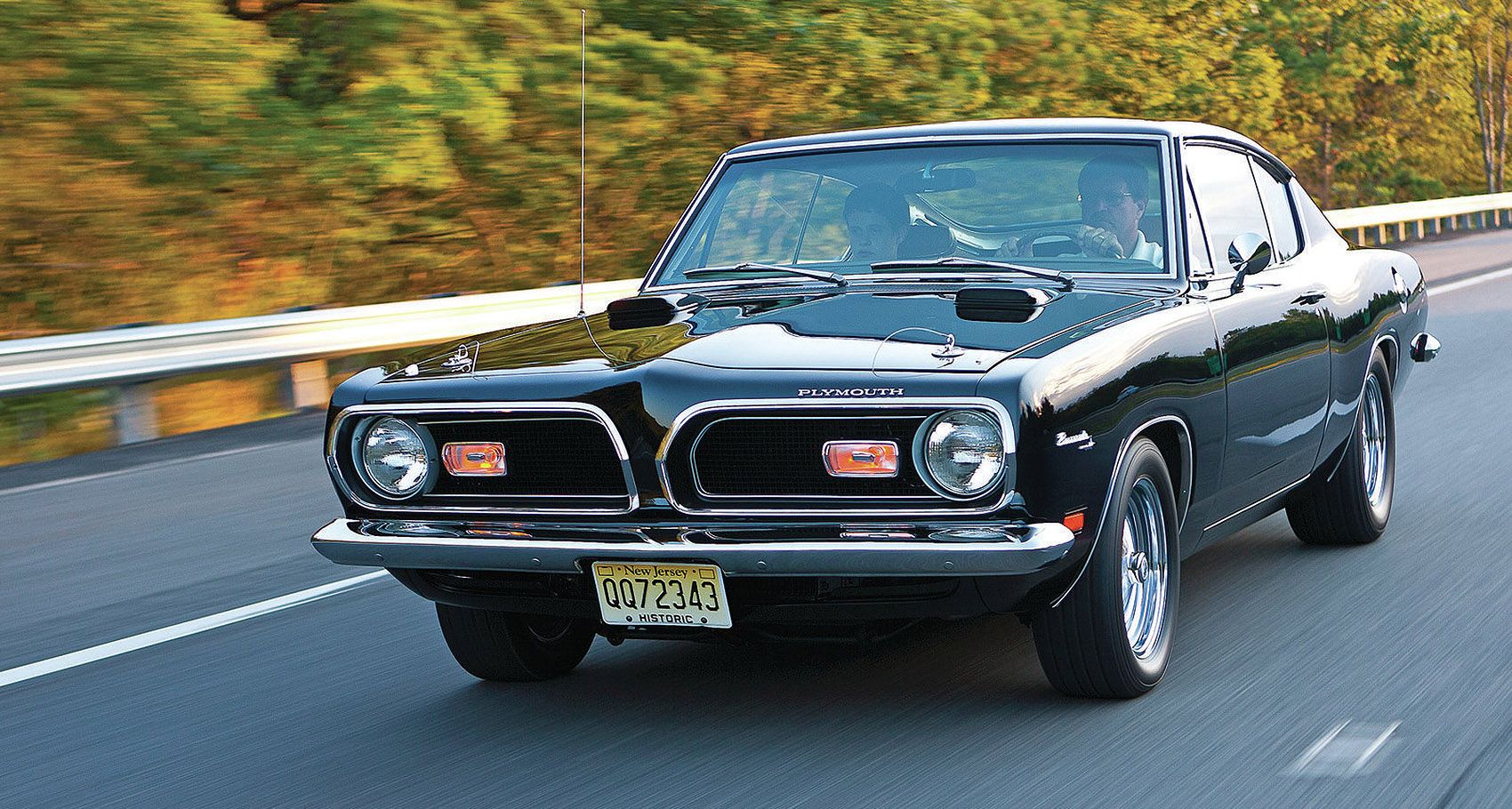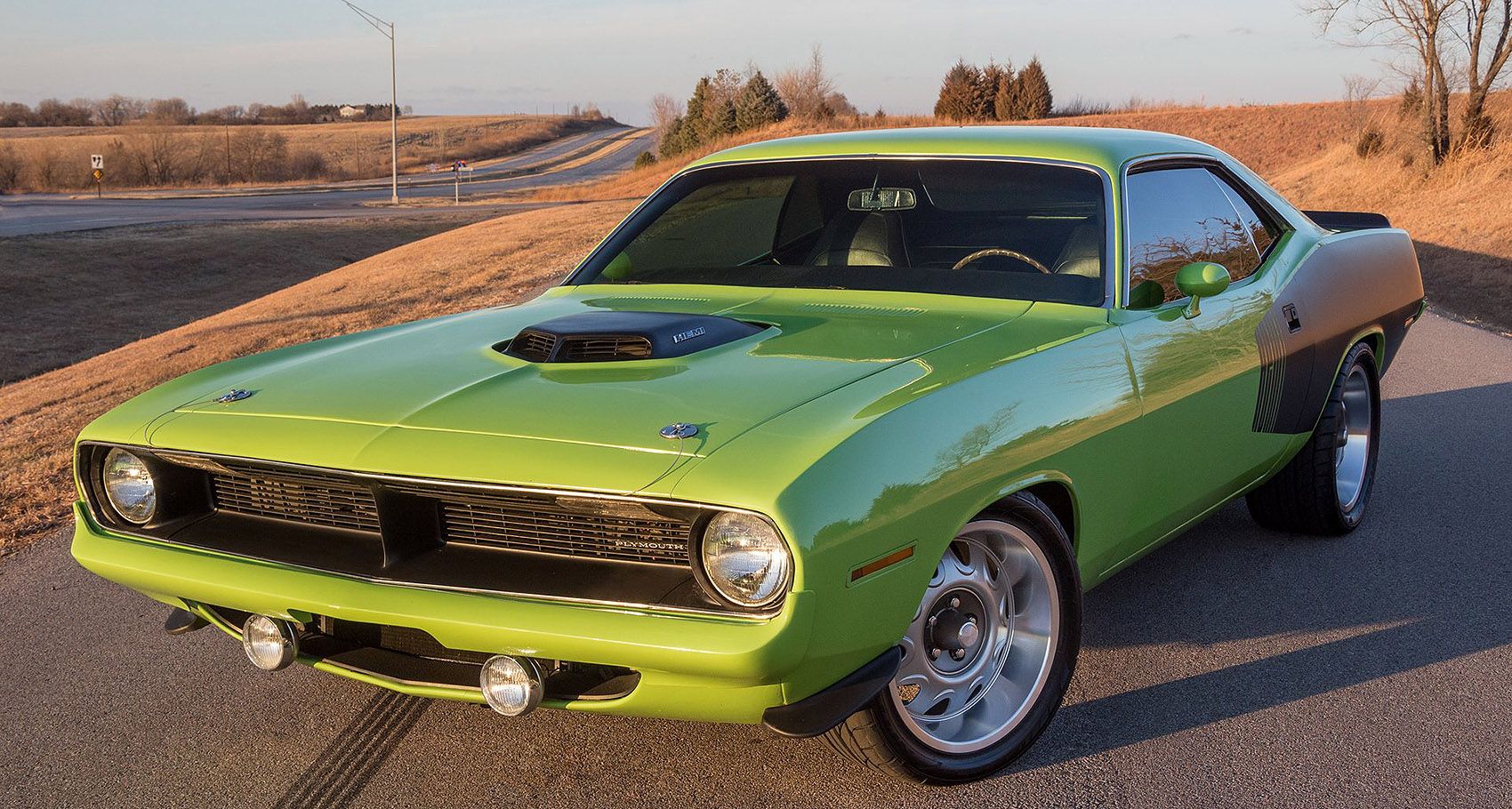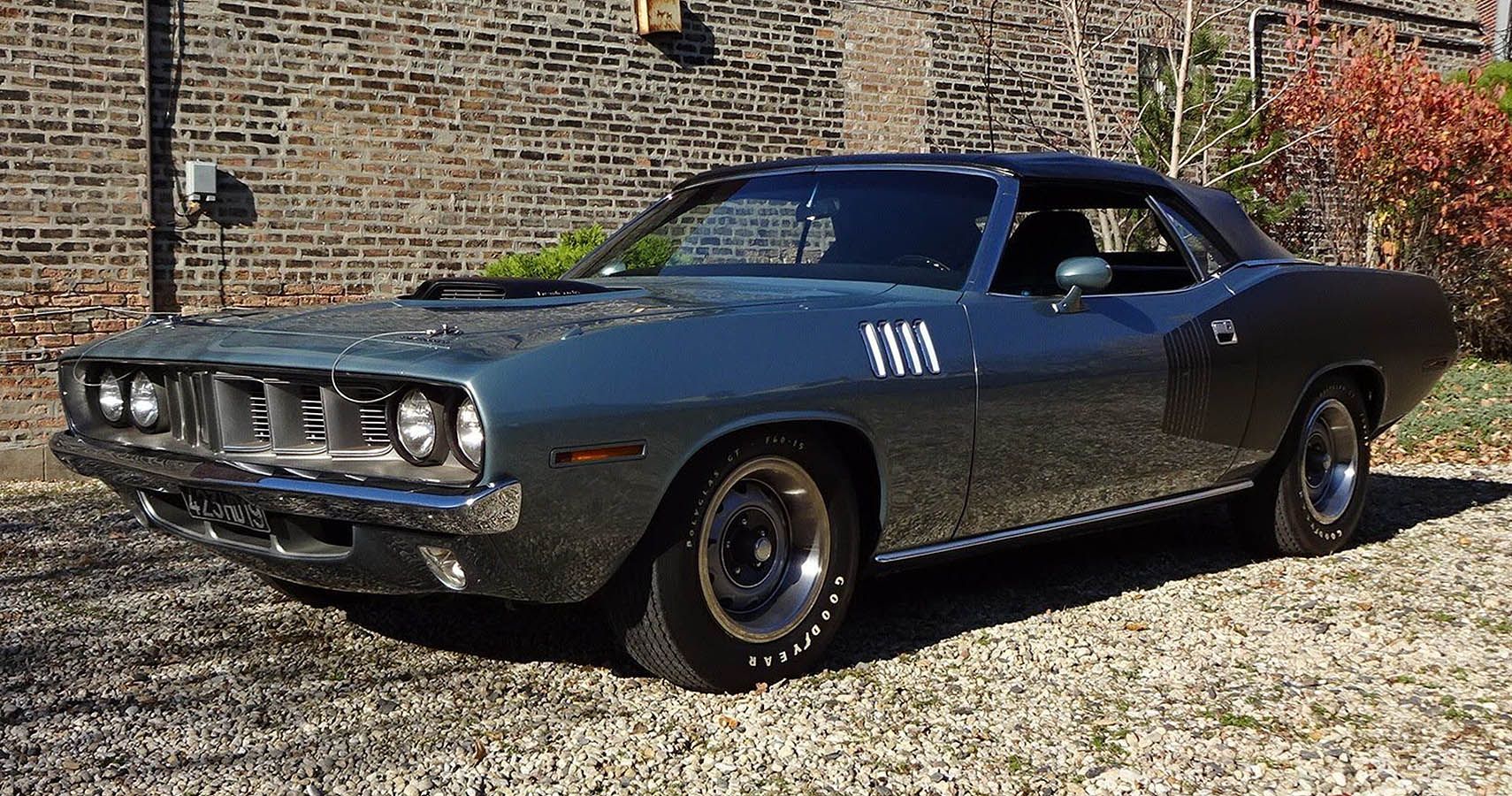Sung by lead singer Ann Wilson, the “Barracuda” the song by Heart is what plays in our heads whenever we see a Plymouth Barracuda. The song came three years after the Barracuda went off the road, another victim of the oil embargo and the resulting emission norms. The era of the muscle car came to a sad end.
Only the car that could reinvent itself from its muscle car avatar into something gas savvier survived. The Barracuda wasn’t one of them and its ten-year legacy came to an eventual end. Of course, fans keep its legacy alive and while, in classic and restored cars that make us catch a breath as they whiz by. Here are 10 facts for all you 'Cuda and Barracuda fans out there.
10 Three Generations And A Decade-Old Legacy
There's a difference between Barracuda and ‘Cuda. The initial Barracuda was nothing more than a slightly redesigned and upgraded Plymouth Valiant. In fact, for years it bore the Valiant’s nameplate. The production tried its level best to flood the dealers with the Barracuda so floated on the Valiant's platform. More so because the Ford Mustang was about to arrive.
The ‘Cuda name, which is the more performance-oriented Barracuda, only came about in 1969, five years after the official launch of the Barracuda. The Barracuda spanned three generations over a decade. Ever since, resurrection rumors have been rife but often without substance.
9 The First Muscle Car On The Scene
So while a couple of Chrysler and Oldsmobile cars can technically be called the first muscle cars on the scene – they came in the 40s and 50s. So technically, the first muscle car of the 60s, the one that ignited the spark, was the Plymouth Barracuda.
The Ford Mustang arrived 16 days later than the Barracuda, and by virtue of it being a Mustang, which is a free-living horse, it became synonymous with pony cars. Had the term been shark cars rather than pony cars, the Barracuda may have held on to its title. But with the Mustang, and horsepower, the pony title stuck.
8 What’s In A Name?
Plymouth had been positioned under Chrysler cars when it was launched in 1929 – specifically floated to take on the affordable-car market so created by Ford and Chevrolet. And Plymouth did well for most of its life, with the Valiant also being one of its highly successful cars.
When a flurry in the market was created by Ford with its soon-to-be-launched hush-hush car, so based on the cheap Falcon chassis and drivetrain; Plymouth got to work. With its Valiant being the Falcon’s contemporary, Plymouth decided on a fastback version of the Valiant. However, initially, they wanted to call it the Panda – thankfully better sense prevailed and Barracuda was the name they went with.
7 The First Generation Of Barracudas
The first generation of Barracudas lasted from 1964, the launch year, till 1966. And they were based on the Plymouth Valiant and even called the Valiant Barracuda. The initial configurations were not much to boast about – 2.8-liter and 3.6-liter Slant-Six mills that jetted 101 and 145 horses respectively.
The 4.5-liter V8 option managed 180 horsepower. Basically, at launch, the Barracuda was less muscle car and more a fastback option of the Valiant, which in turn was an economy family car. Marketing was a bit generic with the Barracuda being touted as the car for all ages. The Mustang on the other hand, with a sportier and more youthful target, became a much bigger success.
6 The Formula-S Package of 1965
By 1965, Plymouth knew they had to increase the muscle power of the Barracuda for it to remain in the contest with the Mustang and the other new muscle car entrants in the market. The V8 came in a new Commando version that increased the output to a decent 235 horses with the help of a four-barrel carburetor, a better compression ratio, and an improved camshaft.
The Formula-S version has the same Commando engine with better tires, improved suspension and a tachometer as well. Factory air-con and disc brakes became standard for this package as well, and people began to notice the Barracuda more seriously.
5 The Second-Generation Redesign
By 1966, Plymouth had largely phased out the Valiant lettering and introduced the Barracuda fish logo. In 1967 though, they did a marked redesign and the bubble top window was finally gone. Along with the hardtop, a convertible was also made available. It looked way better than the first generation with sleeker front and rear, and curvier sides.
In 1967, the Big-Block V8 option was introduced with a 5.2-liter displacement, with this jetting 280 horses. The Slant-Six option was finally taken away so finally, and then came a 5.6-liter option. Finally, the Barracuda was no longer a Valiant.
4 Barracuda Becomes Pure Muscle
The Super Commando engine was back, in a 6.3-liter displacement avatar and this took the output to 300 horses. Intake manifolds, camshafts, and cylinder heads now came from the Road Runner for improved performance. This was a car purely for the muscle car lovers, and slowly, the Barracuda was coming of age and price.
From the basic Barracuda to the ‘Cuda – things seemed to be looking up for Plymouth. In 1968, they also made 50 fastback Barracudas, these equipped with 7.0-liter Hemi engines for Super Stock racing, and completely street illegal. Then a Mod-type option with a vinyl roof was also made available in 1969.
3 The Entry of The ‘Cuda
The difference between a ‘Cuda and a Barracuda is perhaps the same that exists between a Shelby or Boss Mustang and a Mustang. It’s the performance. The ‘Cuda was a performance variant of the Barracuda, built up around the Formula-S package and finally introduced in 1969. The 6.3-liter V8 mill’s output was raised to 330 horses.
The ‘Cuda was a sporty, so sporty that it branched off into the 1970 Plymouth Duster – breaking off from the Valiant’s range forever. The ‘Cuda has a complete niche fan following, and these guys probably would never be seen driving a Barracuda. For them, it’s a ‘Cuda or nothing.
2 The 1970 Anti-Valiant Makeover
In 1970, the Barracuda was heavily redesigned once again. Now, all vestiges of the Valiant were well and truly gone. The Barracuda had now moved onto the Chrysler E-Body platform, which was also shared by the newly launched Dodge Challenger. However, the Challenger was a bit longer than the Barracuda.
The Barracuda now came in three models – the base Barracuda (BH), the luxurious Gran Coupe (GP) and the sporty ‘Cuda (BS). A new 3.2-liter Slant-Six came in, and there were three V8 options with options of carburetors to increase power. The Barracuda was now clearly visible in various races and motorsports around the world.
1 Finally: The Hemi ‘Cuda
By the mid-seventies, most muscle cars were becoming relics. The oil crisis meant gas was at a premium, and gas-guzzling muscle cars were being relegated to garages. 1974 was the end of the Barracuda decade and the end of an era for Plymouth Barracuda. However, before busting out, Plymouth gave the world an incredible gift: the Hemi ‘Cuda, of which the 1971 models are the rarest and the most expensive.
The 1970 Hemi ‘Cuda, with its 7.0-liter V8, gave a massive 425 horses and 490 ft-lb torque. By 1971, NASCAR had banned all Hemis for being too powerful than the competition. Probably why one of these sold for a whopping $3.5million at an auction, with a buyer’s premium attached.

